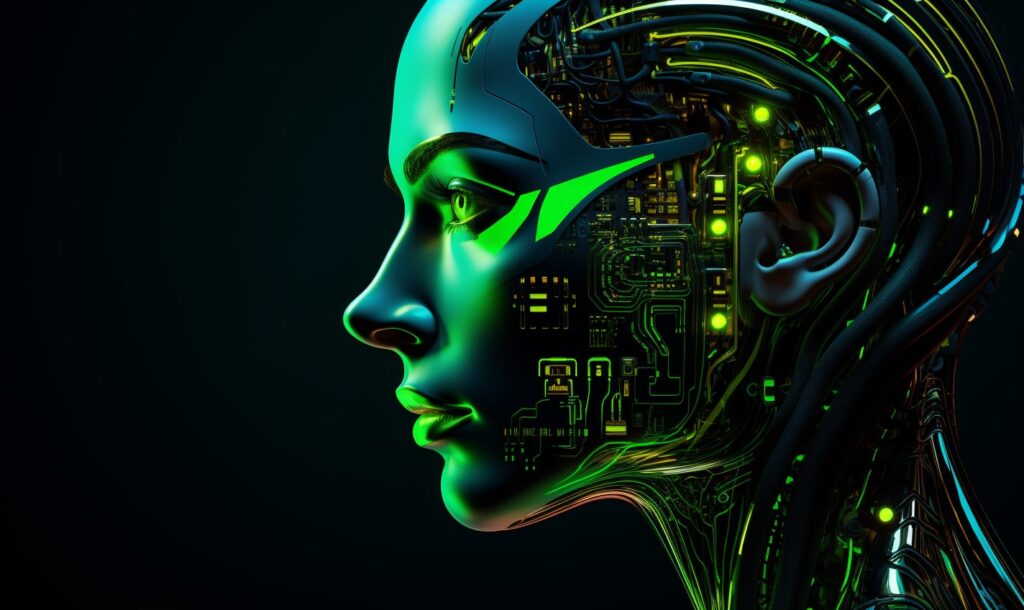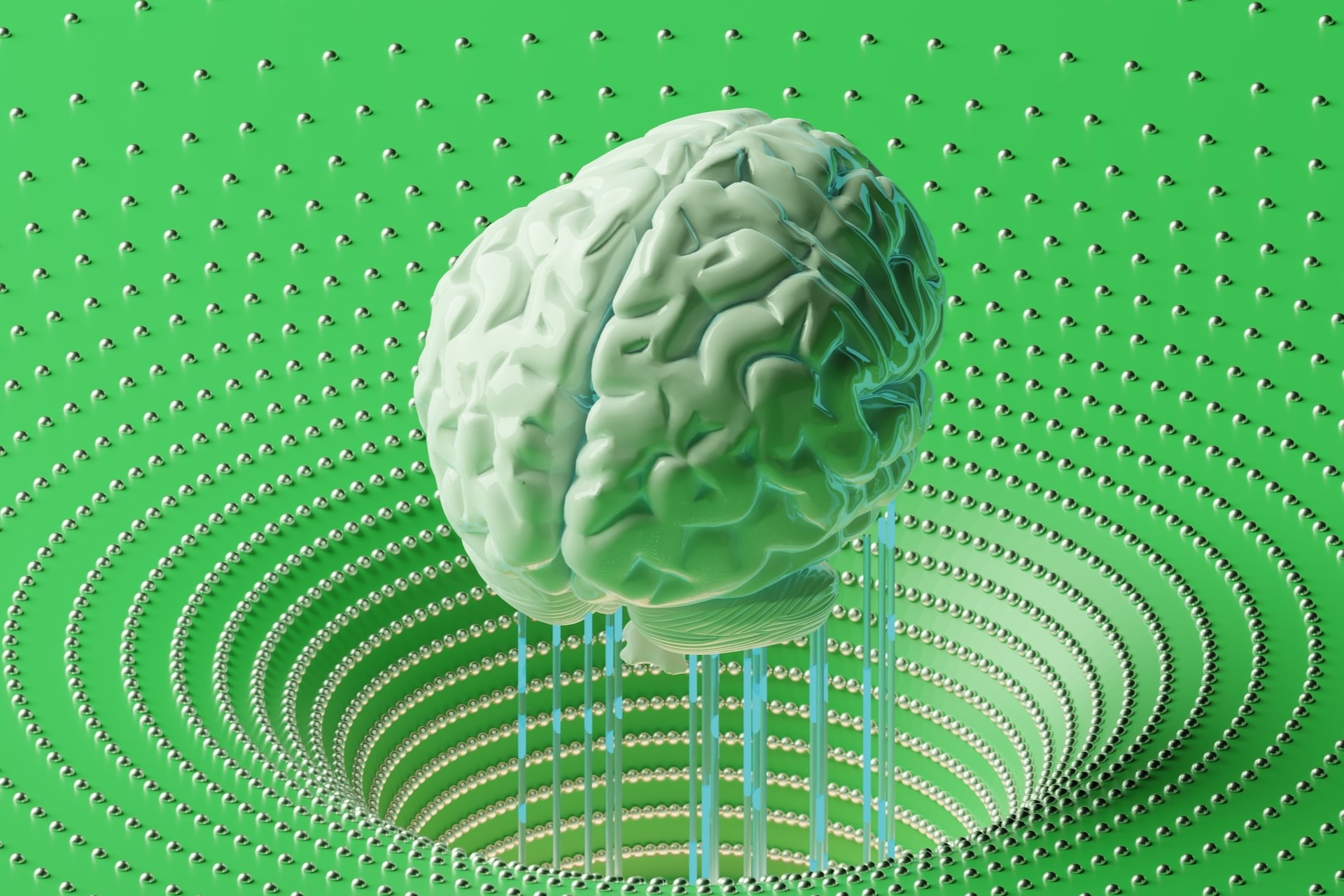The technology sector of the world is vast and encompasses many different fields. When discussing machine learning vs. data science, they are two of those areas that people often conflate.
However, they both have distinct qualities and purposes that set them apart from each other. In the discussion of machine learning vs. data science, you’ll find that both fields support one another and are essential for each other’s growth.
What Is Data Science?
To properly break down the two categories, it’s important to first unpack data science. It is the overarching field that encompasses all forms of data collection and processing, including machine learning. To become a data scientist, you need experience in math, statistics, big data, coding as well as machine learning.
As the name implies, data science focuses on all things data-related. The overall goal is to derive meaning from the data it collects. As scientists gather data from various sources, they can then apply it to systems like machine learning.
Almost everything online generates data, which means that data science reaches everywhere. For businesses, it can help make decisions and change patterns to bring in revenue. For instance, if a business sees that certain users prefer one service over another from the data science reports, they may change their marketing strategy.
For consumers, every click can translate into data. If you use Netflix, data science can turn your viewing habits and preferences into data. Then, machine learning comes into play for the next step.
What Is Machine Learning?
When your Netflix preferences become data, machine learning can turn that information into predictive analytics to make your viewing experience better. It can suggest shows and movies for you based on your history and behavior — and it continues to learn as it does so.
Machine learning is a field within data science. If data science is the process of collecting data and analyzing it, machine learning is the next step. It takes the data, learns from it and makes it actionable for businesses and individuals — hence the Netflix breakdown. It is the practice of computers using algorithms to learn and sort information.
Machine learning comes with different levels of “supervision,” too. Supervised learning has a certain degree of human input to guide the system. Unsupervised learning lets the algorithms learn from the data on their own. Reinforcement learning provides positive and negative feedback so the algorithms know what to focus on and what not to.
With these degrees of learning, experts can apply the data analysis and predictions in different ways, like with facial recognition, business insights and video games.
Comparing the Two
Though data science is the overall field of study, machine learning still influences it. It’s a two-way street. As data science extracts information, machine learning processes, labels and organizes it. One cannot exist without the other.
Data science doesn’t necessarily need to derive its information from a computer or machine. It can get data from places like the cloud, blockchain or any other intangible sources of data. Machine learning, on the other hand, uses computers and machines to operate — as the name implies.
After the algorithms supply an output of an analysis or prediction, it then comes back to the data scientists. They can compare the information that machine learning supplies. If one algorithm provides a different outcome than another, then they can see which system is more accurate.
For instance, if one result shows a prediction for growth of a product but another shows a sales decrease, data scientists can then investigate for more data. Thus, the cycle continues and data science and machine learning continue to rely on each other.
Further Investigation on Machine Learning vs. Data Science
Since data science is such a vast field, it encompasses things like artificial intelligence (AI), deep learning, data analytics and data mining. The fields overlap at different points.
AI and machine learning go hand-in-hand but still differ in implementation, for instance. As experts find more applications within data science, the possibilities become endless.
Recent Stories
Follow Us On
Get the latest tech stories and news in seconds!
Sign up for our newsletter below to receive updates about technology trends














